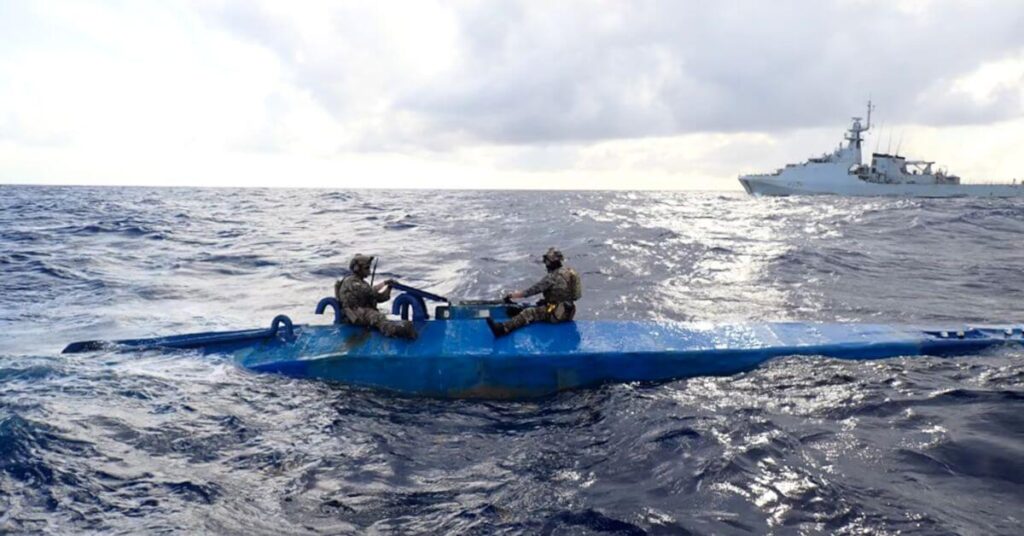Explosives Loaded Nazi Ships That Sank In WWII Resurface In Danube River As Water Levels Drop
Nazi Shipwrecks from World War II Resurface in Danube Due to Severe Drought

Several Nazi shipwrecks from World War II have reappeared in the River Danube, Eastern Europe, as the region suffers from severe drought. These wrecks, hidden for decades, are now visible because of the very low water levels in the river.
Historic Nazi Shipwrecks Revealed
The drought in July and August caused the water levels in the Danube to drop sharply. The shipwrecks were found near Prahovo, a Serbian river port town, and Hungary’s Danube-Drava National Park close to Mohacs. These ships were part of Nazi Germany’s Black Sea fleet, which the Nazis sank in 1944 while retreating from the Soviet forces during World War II.
The low water levels, as shallow as 1.5 meters in Mohacs and 1.17 meters in Budapest, have brought these warships back into view. Some of the wrecks are still in remarkable condition, with turrets, command bridges, and twisted hulls visible. However, these wrecks might become dangerous for river traffic as long as the water levels stay low.
A Look at the Wrecks in Hungary
In Hungary, four warships were found that date back to before 1950. According to Endre Sztellik, a guard at the Danube-Drava National Park, one of the wrecks remains a mystery. No one knows exactly what this particular ship is, but many people are eager to find out. There is also concern that parts of the wreck could be lost as more people take an interest in exploring it.
Drought Impacts on the Region
The drought has not only uncovered these shipwrecks but has also caused significant damage to the environment. Crops and vegetation are suffering due to the extreme lack of water. The European climate service, Copernicus, reported that Eastern Europe is experiencing very tough drought conditions, which are taking a toll on agriculture.
Even though the Danube’s water level in Budapest is at 1.17 meters, it is still higher than the all-time low of 0.4 meters, which was recorded in October 2018.

Some Hope for Relief
There is some good news, however. Rain is expected in the coming days, which will help raise the water levels. By the weekend, the water level at Mohacs might rise to about three meters, possibly covering the shipwrecks once again.
In Poland, the drought has also caused the Vistula River to reach a record low. The riverbanks in Warsaw are now visible, and the water is so shallow that a moose was seen walking across the riverbed in the countryside.
Conclusion
The reappearance of these World War II shipwrecks is a reminder of both the past and the present challenges. While the drought has given us a rare glimpse into history, it also highlights the serious effects of climate change on the region’s environment and economy.
